H13 hepa filter Introduction
The H13 True HEPA filter is one of the best filters to use in your air purifier. They are able to capture all airborne particles, which include bacteria, viruses and mold spores. The fibers also have an electrical charge that attracts the particles, which makes them much more effective at filtering out the bad stuff from your air.
How does Hepa h13 filter work?
Hepa filter h13 are the gold standard for filtering out harmful particles from your air. Here’s what makes HEPA filters so effective. A HEPA filter is not like any regular air filter you typically put in your home. HEPA filters are pleated mechanical air filters that have a considerable thickness in order to capture the particulates. The pleats create a mat of fibers that are randomly arranged. The random, dense arrangement of fibers in the HEPA filter help to catch a range of particle sizes. As air particles pass through the air filter, they are caught by three mechanisms: diffusion, interception, and impaction
The H13 True HEPA filter is one of the best filters to use in your air purifier.
This type of filter is able to capture 99.97% of particles as small as 0.3 microns, making it an effective tool for dealing with allergies, asthma and other respiratory issues caused by particles such as pollen, dust mites and pet dander. The H13 HEPA filter can be used in a wide variety of HEPA air purifiers and will help you enjoy cleaner air indoors.
HEPA filter and its related PP melt-blown electret technology
Electret is a dielectric with electricity storage function. It is a persistently polarized condensed matter. There is a permanent electric polarization phenomenon inside the material, and the fineness of the mesoscopic level (microscopic) can still show positive and negative electrodes. Synthetic resins such as polypropylene are easily polarized and the films, plates, non-woven fibers and other products made by them can be made into artificial electrets after being charged.
To understand what a HEPA filter is, you have to know the basics of PP melt-blown electret technology. In this technology, a polymer is melted and formed into fibers. These fibers are then blown into air streams at high velocity; as they're blown through the air stream, they condense due to low pressure and form into clusters called "electrets." Electret filtration works by using these clusters as "strainers" for capturing particulate matter (PM).
The final result is that electret filters are extremely good at collecting airborne particles such as dusts, molds, fungi . They also remove odors caused by these contaminants from within your home or office building’s ventilation system without affecting your comfort level.
The HEPA H13 filter air purifier contains millions of tiny fibers that are able to catch these little particles as they pass by. The fibers also have an electrical charge that attracts the particles, which makes them much more effective at filtering out the bad stuff from your air.
The PP melt-blown electret technology used for this filter provides high efficiency and removal rates for particle contaminants that are 10 times smaller than 1 micron in size, including pollen and dust mites, mold spores and pet dander.
Conclusion
Large room HEPA air purifier are great for anyone looking to improve their air quality at home or work. They are easy to install and will last for 6—12 months depending on how often they're used.

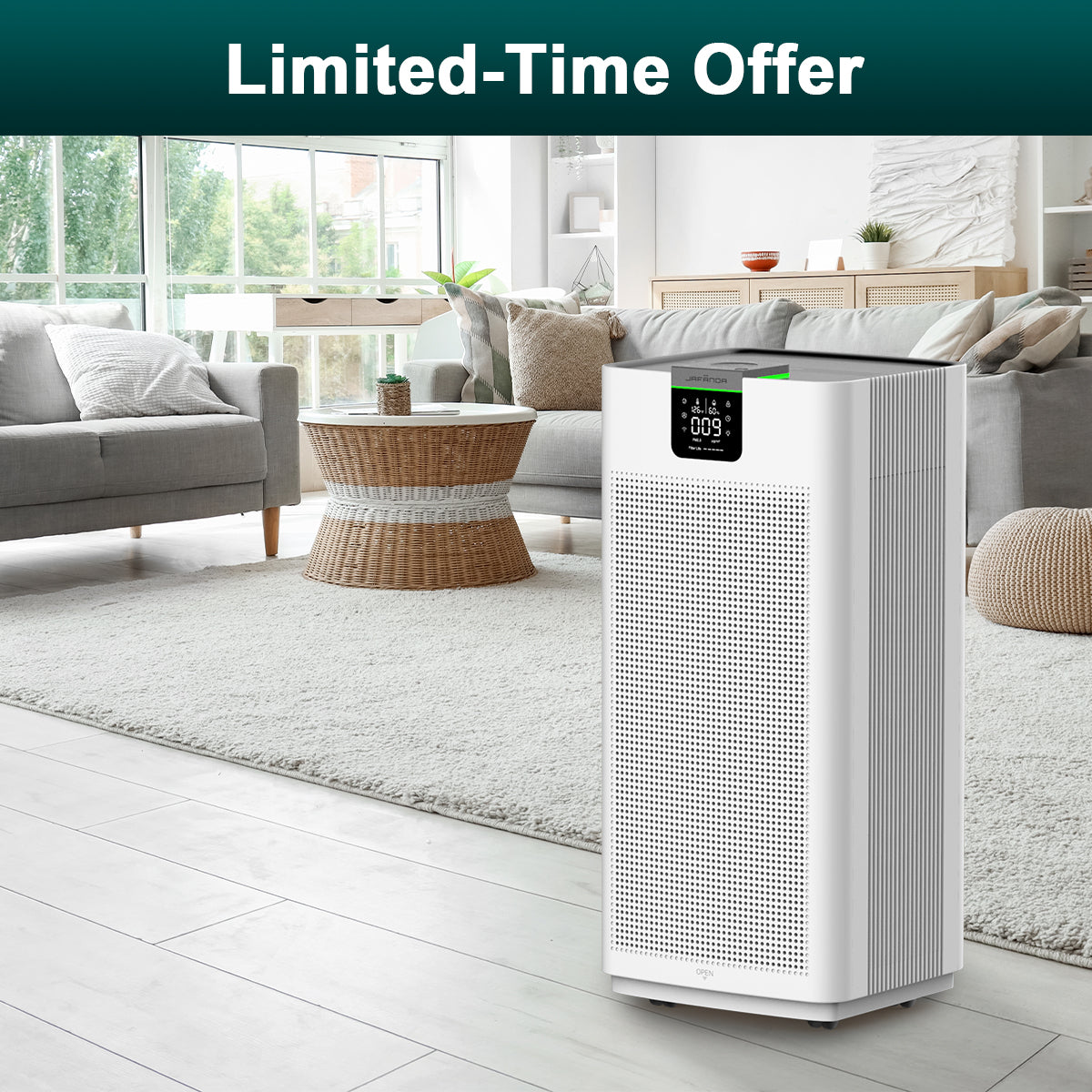
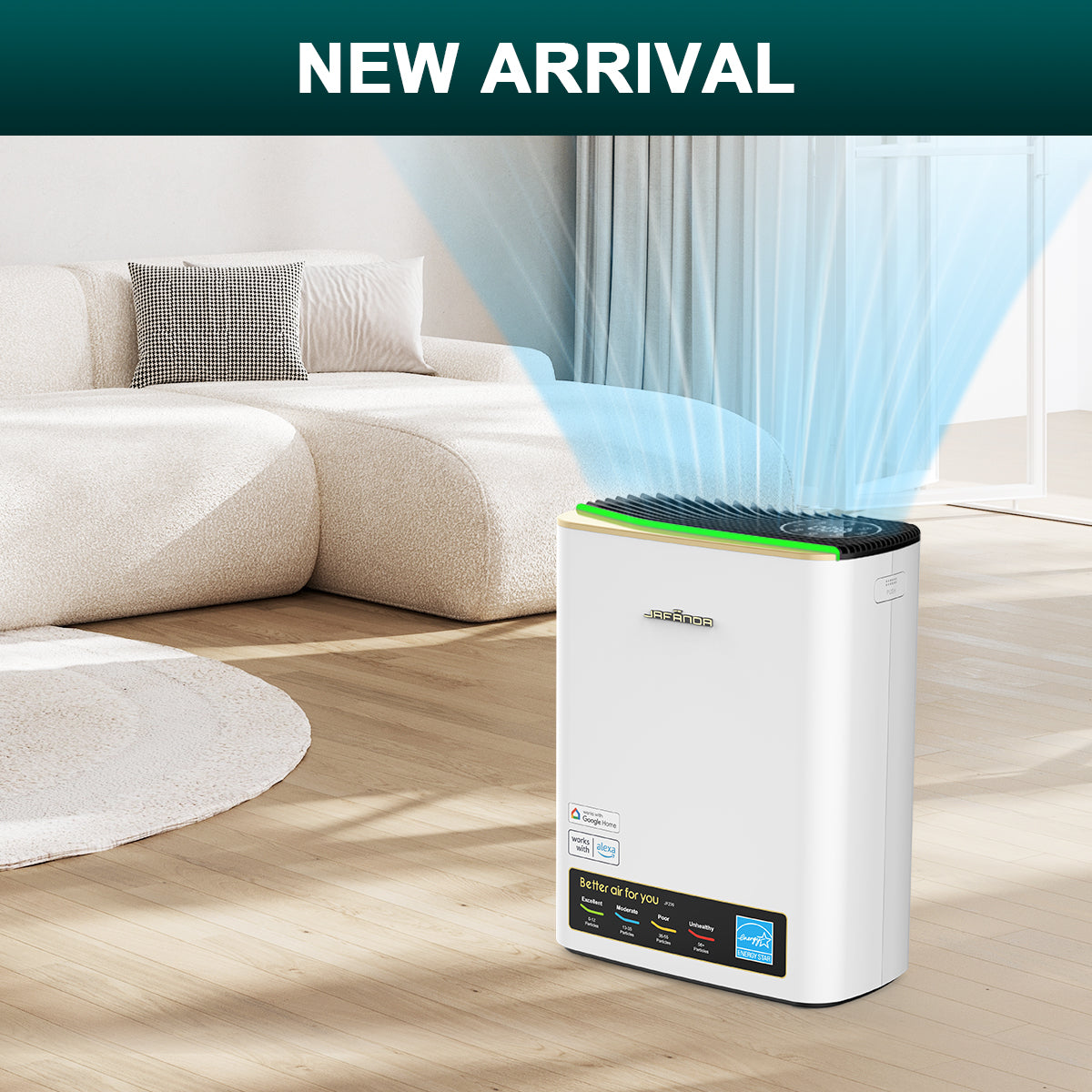

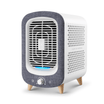
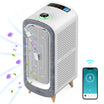
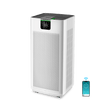
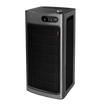
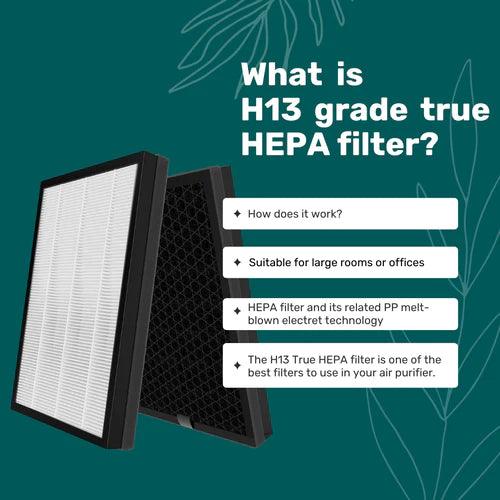
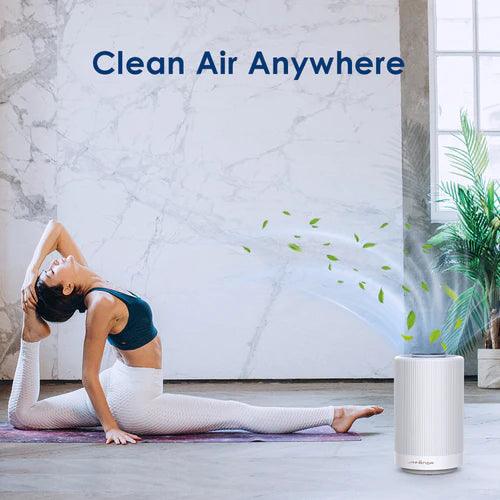
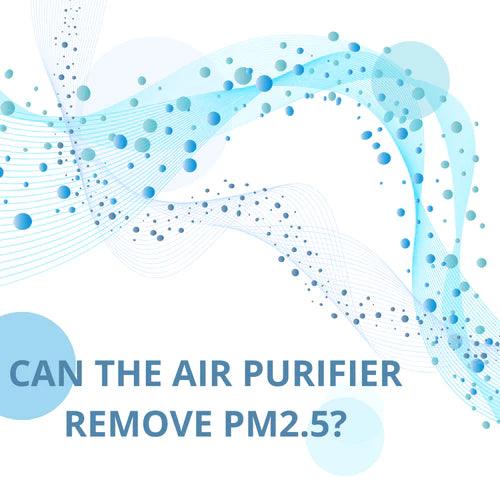
Leave a comment
All comments are moderated before being published.
This site is protected by hCaptcha and the hCaptcha Privacy Policy and Terms of Service apply.